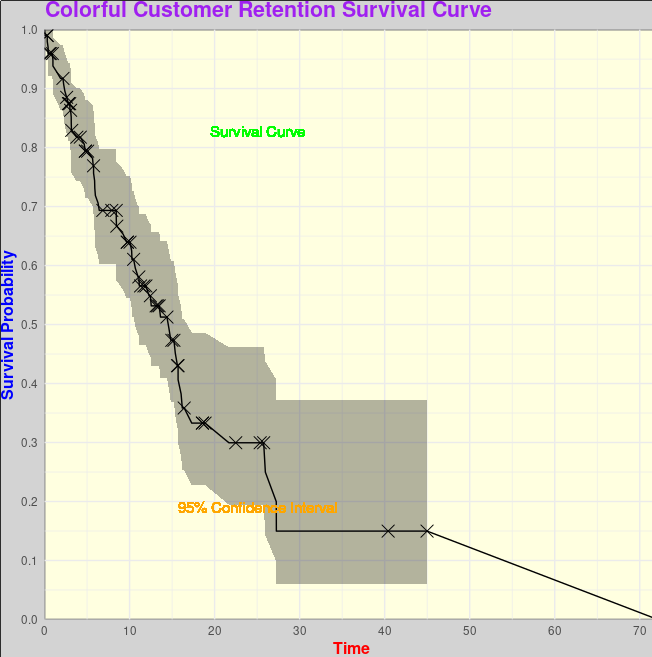Businesses care about churn prediction for several crucial reasons that directly impact their long-term viability and profitability.
Already convinced? Then check out a simple example here
Here are some of the most important reasons, that will propel adopters to success:
Financial Stability
-
- Revenue Impact: Customer churn has a direct impact on revenue. When customers leave, not only does a business lose the immediate revenue from those customers, but it also loses all the future revenue that those customers could have generated.
-
- Cost of Acquisition: Acquiring new customers to replace those that have churned is often more expensive than retaining existing ones. The cost of customer acquisition includes marketing costs, sales efforts, and sometimes even loss-leading tactics to attract new business.
Operational Efficiency
-
- Resource Allocation: Knowing which customers are likely to churn enables the business to allocate resources like customer service, marketing, and promotions more effectively.
-
- Personalized Interventions: Predictive analytics can offer insights into why certain customer segments are more likely to churn, enabling more effective, personalized retention strategies.

Customer Relationship
Customer Satisfaction: Retaining customers often leads to better customer relationships and increased customer satisfaction, which can, in turn, create brand advocates.
Lifetime Value: Loyal customers – Loyal customers contribute more revenue over the long term. By focusing on retention, businesses can increase the lifetime value of their customer base.
Competitive Advantage
-
- Market Positioning: High churn rates can be a sign of poor customer satisfaction and can affect a business’s reputation and market positioning. In contrast, a low churn rate is often an indicator of customer satisfaction, providing a competitive advantage.
-
- Business Intelligence: Understanding the reasons behind churn can provide valuable insights into market trends, consumer behavior, and competitive positioning.
Strategic Planning
-
- Future Growth: A better understanding of churn can help in planning and forecasting, making it easier to set realistic goals and objectives.
-
- Product Improvement: Understanding why customers churn can provide valuable insights into product or service shortcomings, enabling more focused development and innovation efforts.
Investor Relations
-
- Valuation: Companies with low churn rates are generally valued higher than similar companies with high churn rates because they have a more stable customer base and, therefore, more predictable future revenue streams.
In summary, churn prediction is not just about identifying which customers are likely to leave; it’s a multi-dimensional tool that helps businesses in strategic planning, operational efficiency, and maintaining a competitive edge. Ignoring churn prediction could mean missing out on these vital aspects of business management.
